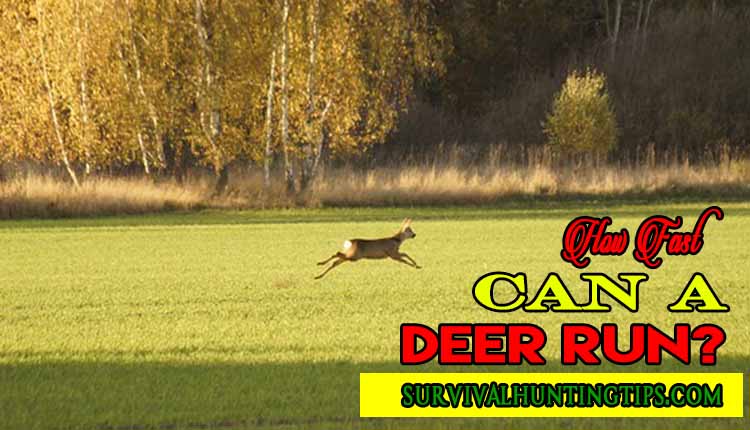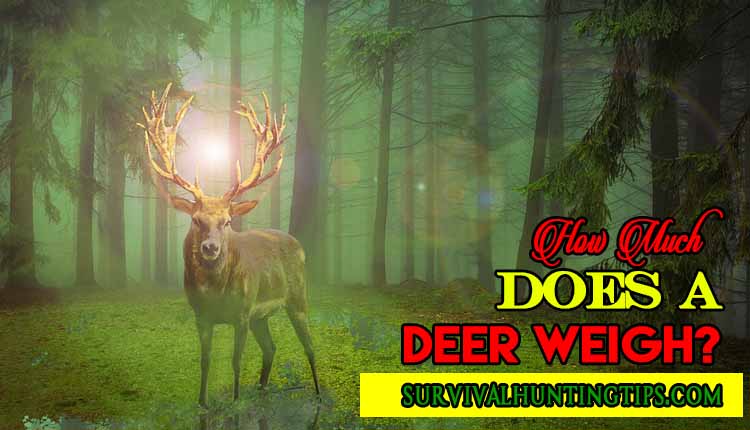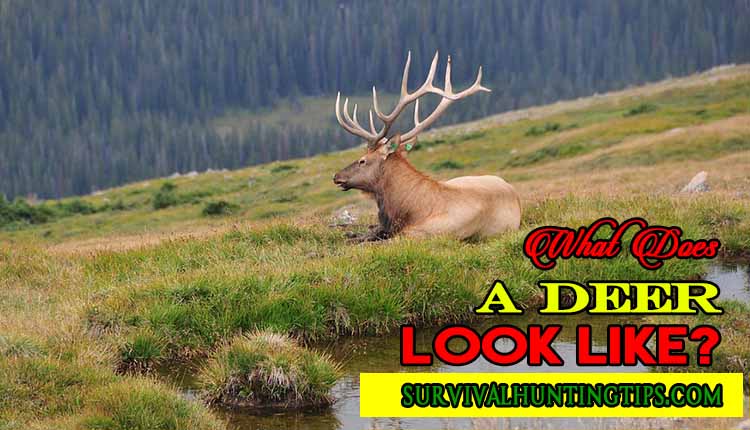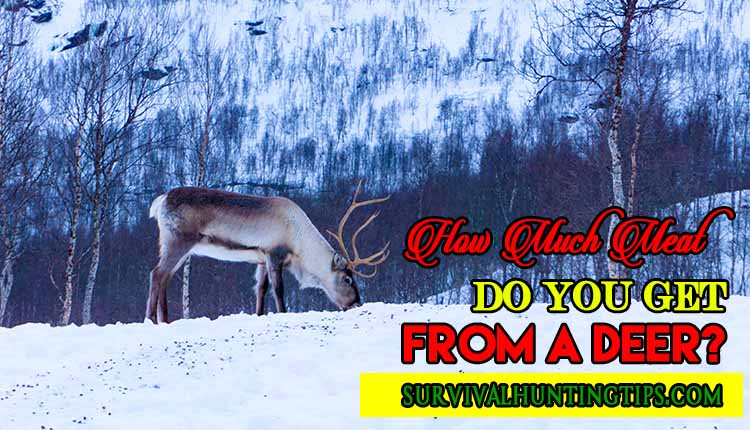You are driving past a densely wooded region, filled up with turns and twists, and, out of nowhere, Different Types Of Deer appears, running helter-skelter. Scared by the glare of your headlights, the deer looks vulnerable. How Fast Can A Deer Run? Click here
You decide to brake hard and hold up until it finds its way once more into the safety of the forested areas. A deer is a very timid animal, and in case you live in a territory that teems with the deer population, at that point, you may have searched for them either for hunting or know and photo them.
Table of Contents
Below Are The Different Types Of Deer.
1. Whitetail Deer.
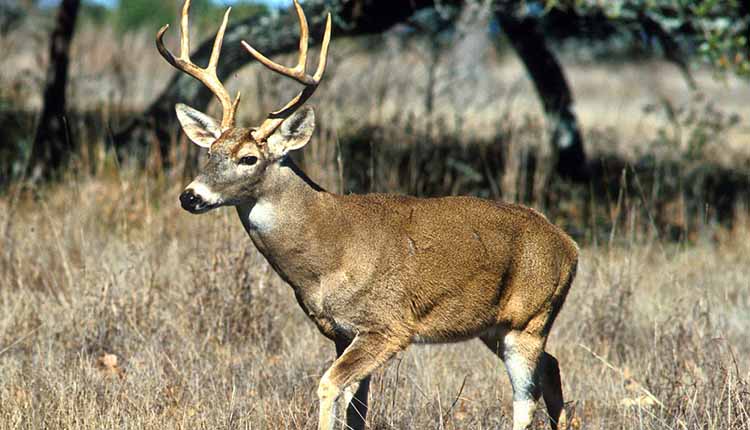
Known as the whitetail in the U.S., these deer are native to the Americans. They are medium-sized animals, and the male weighs anywhere between 130 lbs to 300 lbs, whereas the dose ranges somewhere close to 100 lbs to 200 lbs. All about deer you need to know here
These deer coats change from brown in the summer to the grayish-brown towards the winter. These white-followed deer are so named due to the noticeable white underside on their tail, which it signals as a warning or when it detects danger.
2. The Moose.
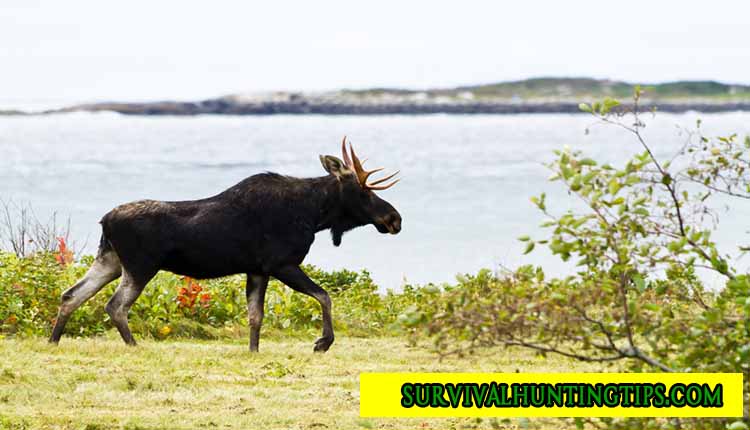
This is biggest and the tallest among all species of deer, moose are regularly found in cool atmospheres, particularly northern regions of Asia, the U.S and Europe. They weigh up to 1,800 lbs. Their stags differentiate easily as a result of the enormous leaf-shaped tusks they have that which can span up to a maximum length of 6 ft.
They have gloomy looks and a “chime” – free, hanging flaps of the skin beneath their throat. Regardless of their large size, moose are great swimmers and can swim a few miles in the water looking for food.
3. The Donkey Deer.
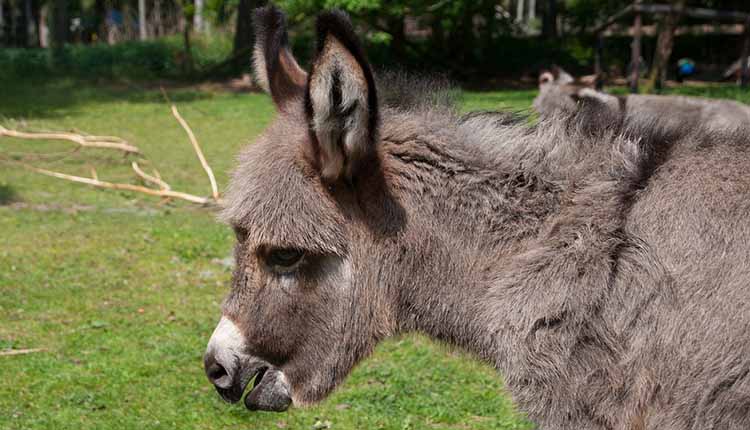
The moose is the biggest deer on the planet, whereas the Northern Pudu is the littlest. he huge donkey-like ears it has. A dark-tipped tail, ford prongs, big ears, and the white patch on the hidden side is the thing that separates them from other deer species.
The grayish-brown coating makes it less demanding for the deer to adjust to the desert environment.
4. The Caribou.
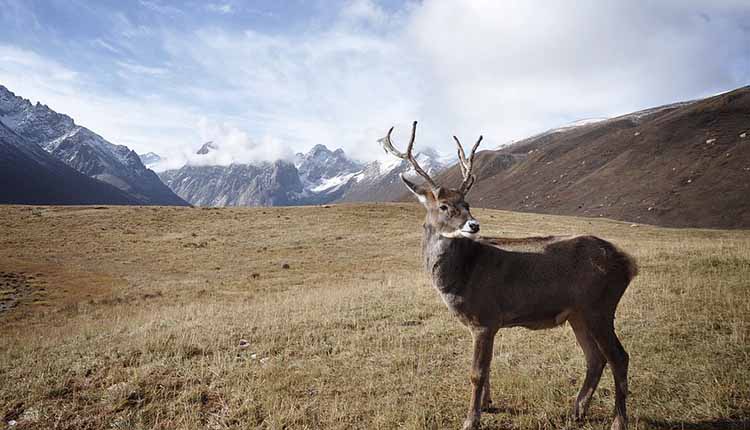
Famously known as the Reindeer, these deer occupy the Arctic and the sub-Arctic areas. It is the only deer species where both female and male have antlers. They have two very thick layers of woolly hides which serves as insulators in the frigid weather.
They occupy a distance of about 3,000 miles amid their yearly movement to the Arctic, an accomplishment unparalleled by some other land mammals.
5. The Indian Muntjac.
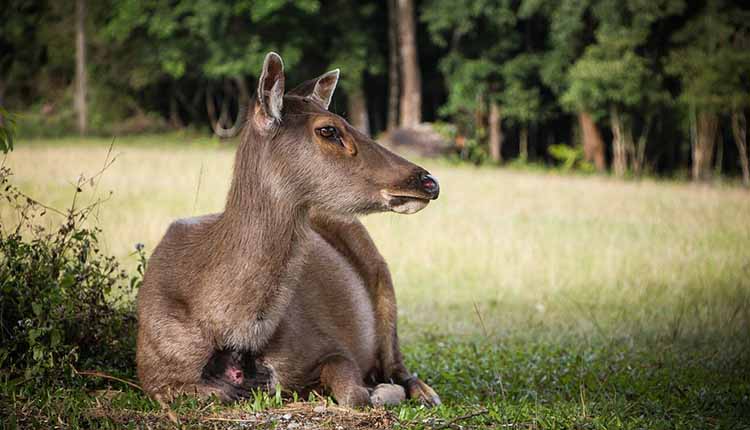
Additionally called the “Barking Deer”, these deer are widely spread across regions of Southeast Asia. They are lone animals and want to wander alone.
They produce a profound bark-like sound (subsequently the name the Barking Deer), whenever they sense any danger drawing nearer. The species of deer are omnivorous and they feed on eggs alongside grass and the shoots.
6. The Sika Deer.
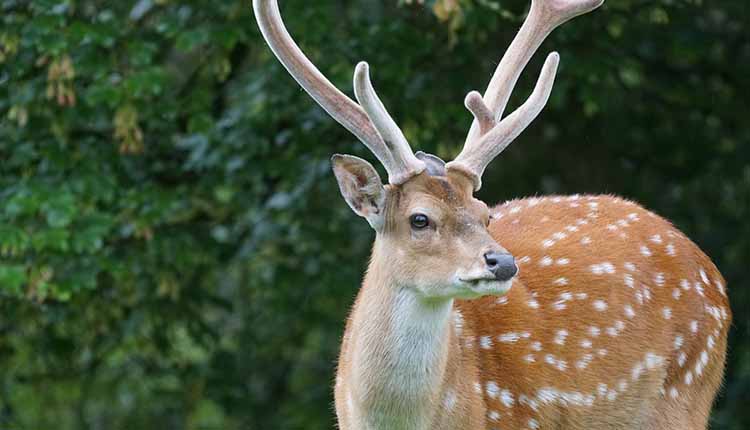
Its name originates from “Shika” which implies deer in the Japanese dialect. It is likewise referred to as the Spotted Deer. It occupies the regions of Eastern Asia. Amid the mating seasons, the males utter boisterous shrill whistle that goes over some miles away. The deer were once prized due to their velvet tusks in Taiwan and China.
7. The Sambar.
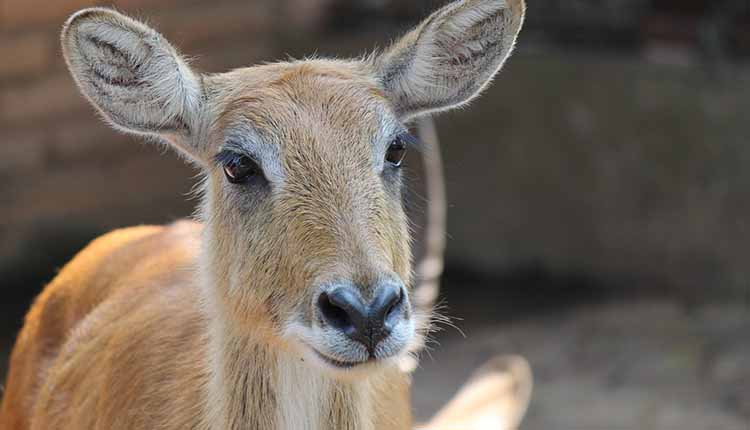
They are native in Southeast Asia occupying various regions of Asia. They have 3-tined antlers utilized to curve handles and knives. Living in the tropical seasonal forest, these deer are the preys for the tigers, panthers, and the crocodiles. The deer stomp the hooves to send a warning.
8. Other Different Types Of Deer Are The Fallow Deer.
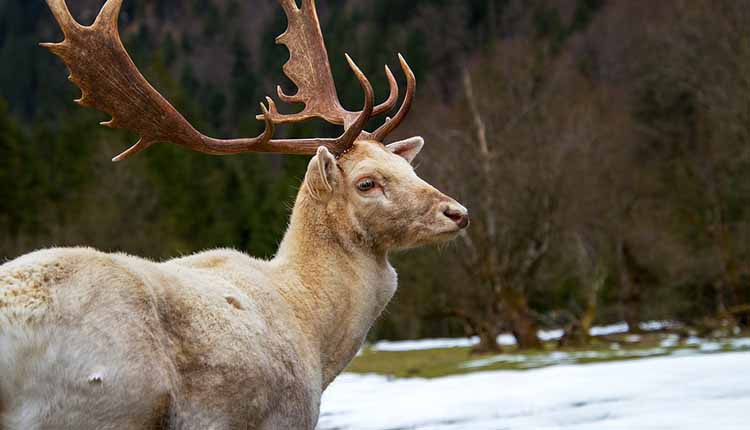
Spread all over the United Kingdom and regions of central Europe. These deer like to munch in the open fields. Their coats are brownish and they change to the darker shade in the colder months.
The deer are great jumpers and can bounce over 2 ft high and also 5 ft across. We have four sorts in the species, each deer having diverse sort of coat design: the common, Menil, the melanistic and the leucistic variation.
9. Chital.
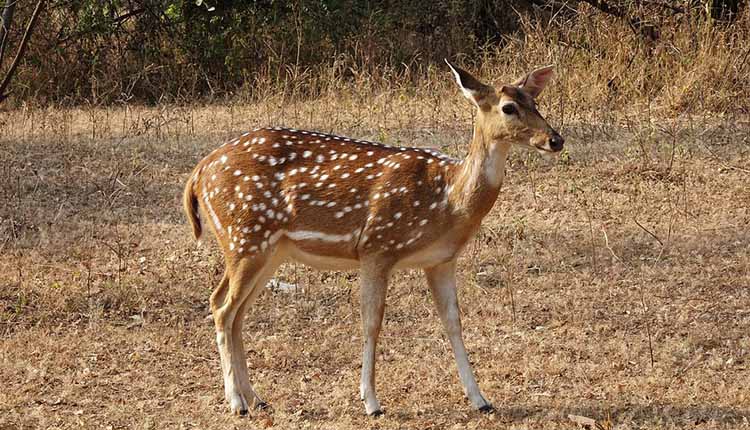
They occur in large numbers over the Indian subcontinent, this species of deer like to stay in groups. They have the lyre-like antlers and they bawl in a primitive way when contrasted with other deer species. Their meat is very popular when contrasted with that of different species
Some Facts About The Different Types Of Deer.
- Deer originate from the family Cervidae and order Artiodactyla.
- The majority of them are herbivores and mostly, feed on grasses, leaves, weeds, twigs, lichens, and the herbs.
- Numerous deer species do not have the upper front column of incisors and just have the hard palate. Deer chew cud, which means that they can eat an assortment of food faster and process it sometime later. They have a four-chambered stomach, where every chamber performs a different need.
- In all the species, the males have antlers, where every species has its own particular distinctive antler structure.
- The antlers play a role amid the breeding seasons when males battle with one another to strive for the females’ attention. Deer normally shed the antlers toward the finish of the mating seasons supplanting them by another set each year.
- Deer are in all geological zones and climatic conditions, going from the solidifying tundra, the plains, the mountains, prairies to the tropical woods.
- Africa has just a single natives species, Red Deer, found in the regions of Atlas Mountains.
- Australia host six deer species: The Fallow Deer, the Red Deer, the Sambar Deer, the Hog Deer, the Rusa Deer, and also the Chital.
- The deer species in North America incorporate the whitetail deer, the donkey deer, the dark tail deer, elk, the caribou, and the moose.
- The moose is the biggest deer on the planet, whereas the Northern Pudu is the littlest.
Conclusion:
Having gone through the above article, you know which are the various types of deer. It important mentioning that most of the above species are decreasing in number, particularly the Thamin and the Hog Deer, and it is our duty to help spare them from elimination by safeguarding the forests and the wildlife.
Despite deer being charming and docile, whenever provoked, deer can utilize their antlers in kicking and fighting back.
To get more information about the Different Types Of Deer visit
- https://www.animalwised.com/types-of-deer-around-the-world-1345.html
- https://www.bowhunter-ed.com/iowa/studyGuide/Identifying-Types-of-Deer/30101302_9325/
- https://www.deerworlds.com/deer-species/

